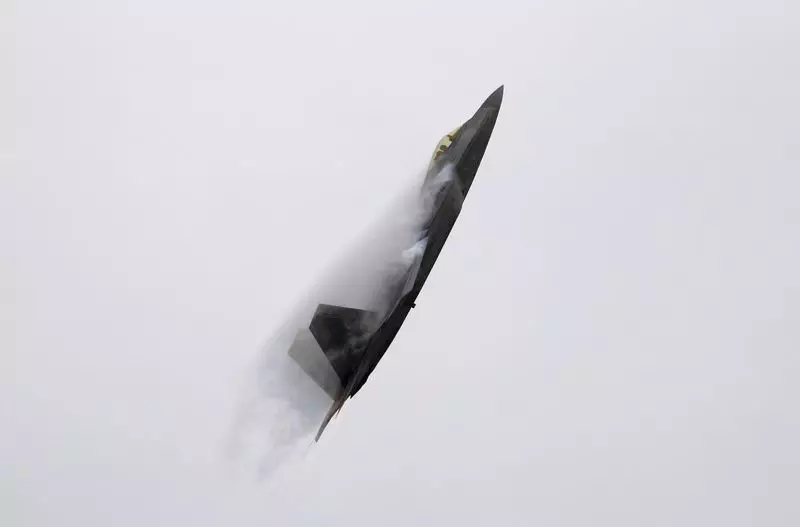It has been widely reported that the U.S. Air Force’s ambitious Next Generation Air Dominance (NGAD) program, aimed at developing a revolutionary sixth-generation fighter jet to replace the F-22 Raptor, is facing challenges. The initial vision was to create a cutting-edge “family of systems” powered by advanced technology, including stealth capabilities, laser weapons, and artificial intelligence. However, as budget pressure, competing priorities, and changing goals come into play, the program’s future is now uncertain. The current development budget of $28.5 billion over five years may need to be adjusted due to funding constraints, potentially delaying the project and reducing its scope.
The Air Force is considering various options to navigate these challenges, including spreading out the budget over more time or scaling back the program. One potential change could involve shifting the focus from a large, two-engine jet to a more cost-effective single-engine design or investing more in unmanned drones to meet future air superiority needs. Defense officials and industry executives believe that these adjustments are necessary to ensure that the NGAD program remains feasible and aligned with current budget realities.
While the total cost of the NGAD program remains unclear, estimates suggest that it could exceed $100 billion if 200 aircraft are produced, considering initial expenses, maintenance, and upgrades. The anticipated 2026 fiscal-year budget of $3.1 billion may face cuts amid shrinking funding, potentially extending the development timeline by a couple of years. The Air Force is carefully assessing these factors to determine the most cost-effective and strategic path forward before committing to the next budget cycle.
Lockheed Martin and Boeing, two major aerospace and defense companies, have submitted proposals for the NGAD system in response to the Air Force’s request. While these firms are not experiencing a shortage of orders, the NGAD program was seen as a significant opportunity for future growth. However, with the program’s direction under review, companies are waiting for clarity on the Air Force’s priorities and funding allocations. The Air Force spokesperson mentioned that the department is in the process of finalizing its fiscal 2026 budget, which will shed light on the future of the NGAD program.
As the Air Force reevaluates the NGAD program, potential changes to the air vehicle’s design and configuration are being considered. One possibility is shifting towards a single-engine jet to reduce upfront costs and long-term maintenance expenses. While twin-engine jets offer greater dependability and speed in combat scenarios, they come with a higher price tag. Additionally, there is a growing emphasis on exploring the Collaborative Combat Aircraft initiative, focusing on unmanned fighter drones as a strategic component of the NGAD program.
The U.S. Air Force’s Next Generation Air Dominance program is at a critical juncture, with budget constraints and evolving priorities necessitating a reassessment of its goals and strategies. As the Air Force navigates these challenges and evaluates potential modifications to the NGAD program, industry stakeholders are closely monitoring developments to understand the future direction of one of the most ambitious fighter jet projects in recent history. The ultimate goal remains to ensure that the NGAD program delivers on its promise of advancing U.S. air superiority well into the mid-21st century, albeit with necessary adjustments to align with budget realities and emerging threats.

